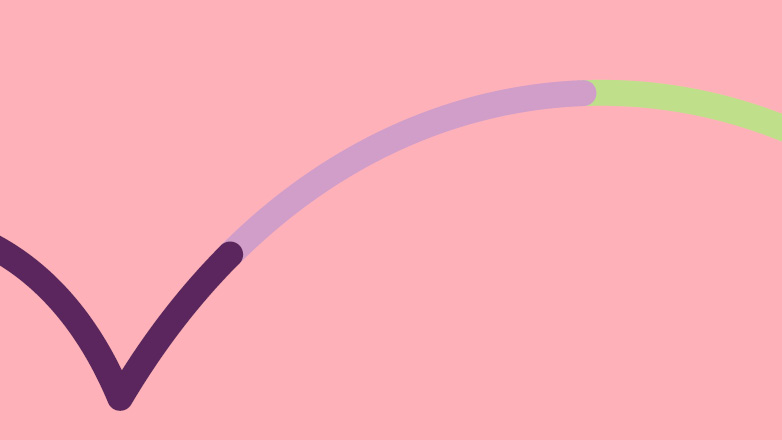The EU’s SEP regulation: key changes and outlook
Current status of the legislation
On April 27 2023, the European Commission presented a draft regulation on standard-essential patents (the SEP Regulation). The European Parliament approved the draft on February 28 2024. While the approved version contained several changes (proposed by the Committee on Legal Affairs), there is still substantial criticism of the draft in its current form; in particular, from SEP holders and the EPO.
For example, António Campinos, the president of the EPO, said he “is not convinced that the proposed measures are proportionate, or indeed necessary”. He has also claimed that the proposal failed to meet the European Commission’s procedural ‘better regulation’ standards; “namely legislation that is evidence-based, and built on transparent consultation of all stakeholders and thorough impact assessments”.
Now, the Council of the EU must agree to the proposal or start a trialogue between the European Commission, the council, and the European Parliament.
The proposal
The draft regulation, as approved by the European Parliament, aims to create a more transparent and efficient SEP licensing framework within the EU; inter alia, by imposing a substantial number of duties on SEP holders, such as:
- The establishment of a central electronic SEP register managed by the EUIPO;
- A registration requirement – SEP holders must register their patents within six months of a new standard being entered in the register to enforce their SEPs;
- Fair, reasonable, and non-discriminatory (FRAND) determination – the SEP holder must initiate the FRAND determination procedure with the EUIPO before bringing a lawsuit before the competent court of an EU member state; and
- An essentiality check – independent evaluators will conduct random checks on the essentiality of patents, and SEP holders can voluntarily submit their patents for these checks.
Summary of the changes
When comparing the original draft of the regulation with the version adopted by the European Parliament, the following changes are noteworthy.
Scope
Now, the regulation shall apply only to patents that are in force in one or more member states and that a SEP holder claims to be essential to a standard that has been published by a standards development organisation after entry into force of the regulation, and regardless of whether the SEP holder has made a commitment to license its SEPs on FRAND terms. Application to SEPs that have been declared essential to a standard before the regulation’s entry into force is limited to cases where “the functioning of the internal market is severely distorted due to significant…



